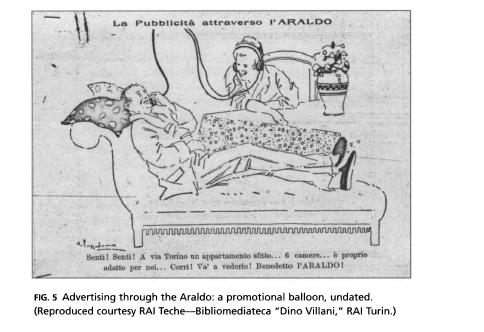Radio Before Radio February 18, 2017
Author: Beach Combing | in : Modern , trackbackMany moons ago Beach ran an article on telephony, the use of telephones as a kind of primitive music radio. Essentially telephone owners would subscribe to a ‘channel’ and would then phone into said channel to listen to shows: those of us old enough to remember the speaking clock or telephone weather forecasts were listening to the last hurrah of this failed technology. At the time he thought that this was a remarkable outlier. He now knows that in some American and European cities it was normality from about 1900 to 1920. In the early days it was the telephone company itself that provided occasional kicks, so 29 Jan 1882 the Gerosa brothers, who ran a telephone company in Milan: ‘set an accordion in the switching room and connected it to all their subscribers, so the subscribers gratia et amore could hear a sonata’. However, slowly companies emerged to offer more comprehensive services. The first well established company came out of Budapest and began to collect subscriptions in 1893. In 1895 a similar service began in London thought it took till 1911 for a viable service to start in the US in Newark, New Jersey. (Telephone broadcasts had to be based around single towns or communities: the technology made it too difficult and too expensive for someone from Prague to easily enjoy the service in, say, Budapest.) In Italy a company opened out of Rome in 1909: at its height in 1914 it had about 1300 subscribers, this was, make no mistake, media for the elite.
And, yes, these companies offered every imaginable service to their wealthy subscribers: there was music, and there were lessons, sermons, politics, live news broadcasts, sports, weather… How did people listen? The image at the top of this page is taken from Gabriele Balbi, ‘Radio Before Radio’, Technology and Culture 51 (2010), an excellent article and the source of most of the information given here: it gives you a sense of a couple enjoying some now long forgotten broadcast, their special listening ear sets strapped on. It is the closest that telephony ever came to those wonderful warm images of families gathered around the radio in the 1940s. What Beach finds most fascinating about these early forms of broadcasting is how long some of them lasted. Radio stations were taking over the world by the mid 1920s. Yet, in the mid 1930s there were still a hundred subscribers to a Bologna telephony company (remarkable to think of a media concern staying afloat with just a hundred paying families). Similarly in the small and gentile seaside town of Bournemouth on the southern coast of England there were still just enough subscribers to make a service viable up almost to the Second World War. Technology is not cyclical but it is striking how some apparently defunct technologies like vinyl, Polaroid and tapes keep bumping along the bottom.
Other details on telephony: drbeachcombing At yahoo DOT com
Ruth B 25 Feb 2017: Frankly, I still get boggled at times about how much that technology has changed in just my lifetime. I’m just old enough to remember our phone in my childhood home being a party line for awhile, and then switching to separate lines. And nowadays, I watch videos and communicate with people in different countries over a little electrical box! And listen to music whenever, wherever, and whatever, I want. Just frickin’ amazing at times! I’m quite sure there where teenagers in my era listening to music from each other over the phone, and possibly lessons. I know you could call someone, lay the phone down and walk off and be sure the person on the other end heard everything. My grandfather, grandmother, and two of his sisters were “Pioneers” with the telephone company in our state, they started with it when it came in and stayed there all their working lives. He was exempt from service in WWII because it was considered vital war work, and I remember him getting called back in many times after retiring to help with things.



